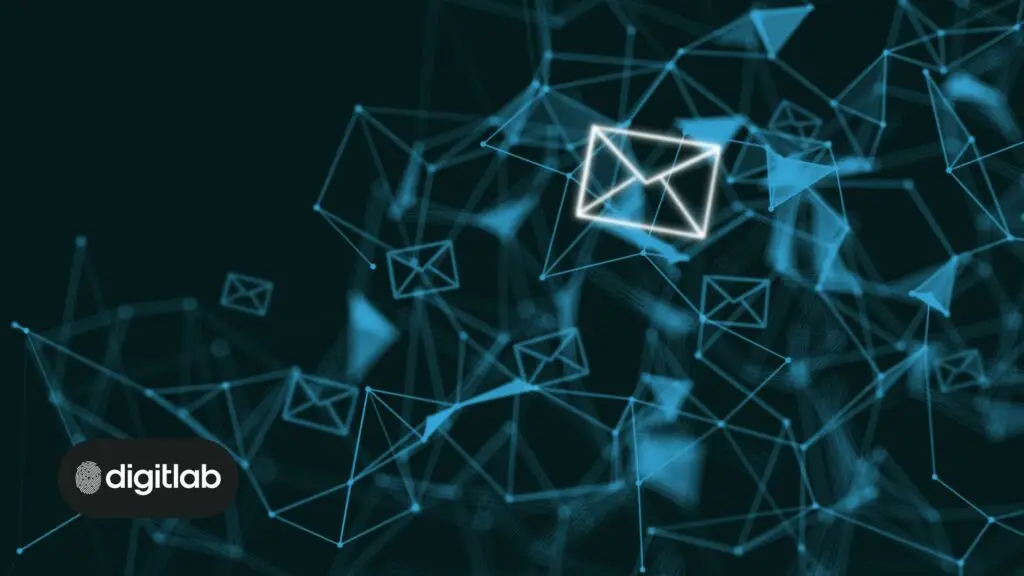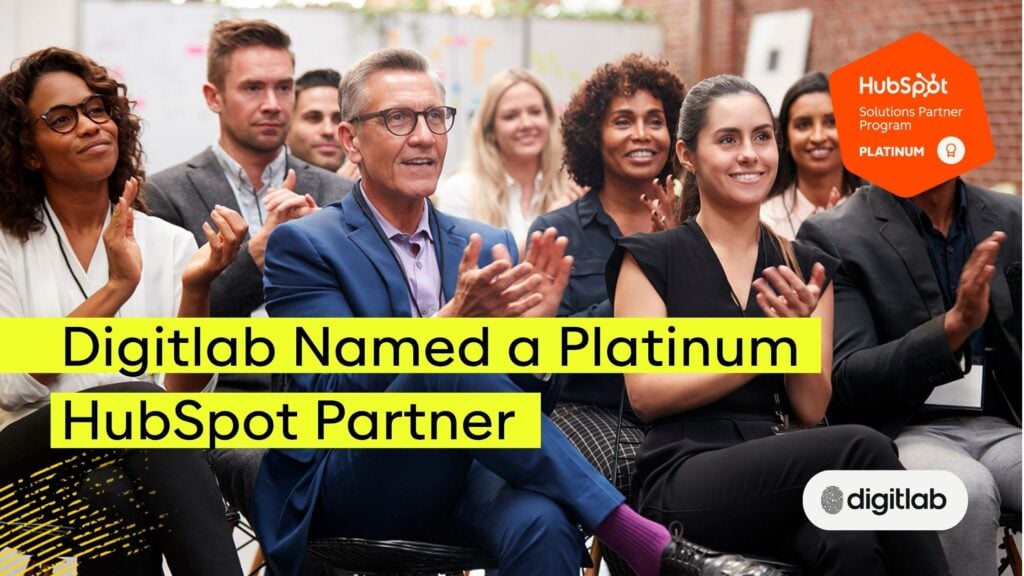If AI is the new kid on the block, email marketing is the cool uncle who’s been around the block—and still knows how to get results.
While platforms come and go, email remains one of the most cost-effective and reliable ways to connect directly with your audience. Email marketing targets your database with relevant messages to promote your products, services, or content—directly into their inbox. It works because it’s redundant – in other words, everyone knows how to use it; we know how to shift the messages we want to see, find what we wish to, manage our privacy, shop from email, research from email, basically (whether we like to admit it or not) we, and our customers, may not like email marketing. Still, we respond to it because we know it and we know how to use it.
If you are not utilising it yet or swore never to use it and think you might be missing a trick, here is a brief introduction to email marketing.
A Proven Channel Since Day One
Email marketing’s roots go back to 1978 when Gary Thuerk, a marketing manager at Digital Equipment Corp, sent the first commercial email to 400 users. That single message brought in $13 million in sales. Email proved its power as a direct, measurable marketing channel from the beginning.
It’s Not Me—It’s You
One of the biggest misconceptions about email marketing is that it’s all about broadcasting your message. In truth, it’s about your audience. The real value lies in building a meaningful, segmented email list—one where you understand your subscribers, what they care about, and how best to reach them.
Segmenting your database based on demographics, behaviour, or interests lets you personalise messages for different groups—leading to higher open and click-through rates and fewer unsubscribes. The better you know your audience, the more value you can deliver.
In our experience, just getting the message, design, and content right can shift your click-through rates from 2% to 10%, and database segmentation is a big part of how we can tweak the content of emails today.
Give Them a Reason to Open
What should you send your audience? Start by thinking about why they subscribed in the first place. Were they looking for helpful content, insider offers, event access, or updates from a trusted brand?
Your emails should be timely, relevant, and purposeful. Here are some content ideas to keep your email strategy fresh and engaging:
- Announcements for upcoming events or promotions
- New product or service features
- Curated blog posts or industry insights
- Case studies and success stories
- Seasonal tips and how-to guides
- Webinars, training sessions, or recordings
- Monthly round-ups or industry news recaps
- Behind-the-scenes interviews with team members
- Top 10 lists or curated recommendations
- Special offers or loyalty rewards
- Invitations to participate in surveys or feedback
The key is to focus on value. Every email you send should answer the question: What’s in it for the reader?

Respect the Inbox
Remember—when someone subscribes, they’re inviting you into their inbox. That’s a privilege. Use it wisely. Stay consistent without overwhelming, personalise wherever possible, and ensure you deliver something worth reading.
When done right, email marketing doesn’t just promote—it builds relationships, drives loyalty, and grows your business one click at a time.

Learn about getting your DNS Setup Correct for Email Marketing
Without getting this correct, most of your mail ends up in spam or is not delivered.
Level Up with Data, Automation, and AI
Once you’ve nailed the basics—building your list, creating helpful content, and segmenting your audience—you can take your email marketing to the next level by adopting a more data-driven approach. This means using insights from your audience’s behaviour, preferences, and engagement patterns to refine further and personalise your campaigns.
Tools like Mailchimp make it easy to automate key touchpoints, such as welcome emails, birthday messages, re-engagement campaigns, and post-purchase follow-ups. These workflows run in the background, saving you time while maintaining consistent communication with your audience.
To push things even further, generative AI can help you scale content creation without losing personalisation. Whether you’re drafting subject lines, tailoring messaging to different segments, or optimising send times, AI can support you in crafting emails that feel human—but are powered by data.
With the right systems in place, your email marketing becomes more than just a broadcast tool—it becomes an intelligent, automated engine that builds relationships, nurtures leads, and drives consistent growth.
Let us know if we can help
At Digitlab, we’re both HubSpot and Mailchimp partners—experts in building email marketing strategies that deliver real results.
Whether starting from scratch or looking to optimise an existing CRM, we can help you move from a zero base to a strategy that drives solid return on investment. And if you’re ready to go even further, our team can help you build a full-blown omnichannel CRM strategy that integrates your entire customer journey—but that’s a conversation for another day.





